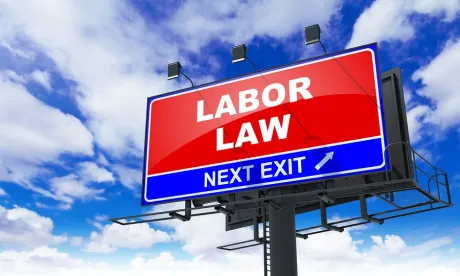Recently, the United States Court of Appeals for the Second Circuit held in the matter of Equal Employment Opportunity Commission (“EEOC”) v. Sterling Jewelers Inc. (“Sterling Jewelers”), that the District Court erred by considering the sufficiency of the EEOC’s pre-suit investigation instead of simply considering whether an investigation occurred.
Between 2005 and 2007, the EEOC received nineteen individual complaints of discrimination from female employees employed by Sterling Jewelers. Many of these complaints alleged that Sterling Jewelers “‘engaged in a continuing policy or pattern and practice’ of sex discrimination.” In connection with these complaints, the EEOC requested that Sterling Jewelers provide information regarding the company’s protocols and policies governing pay, promotions, anti-discrimination, job descriptions, and personnel files. In 2006, the EEOC and Sterling Jewelers entered into mediation in an effort to settle the matter. Mediation talks ultimately failed in 2007, and in September of 2008, the EEOC filed suit in the Western District of New York alleging that Sterling Jewelers had violated Title VII through its nationwide discriminatory, sex-based pay and promotion practices. Ultimately, Sterling Jewelers moved for summary judgment arguing that “the EEOC had not satisfied its statutory obligation to conduct a pre-suit investigation.” The magistrate judge agreed, found that the EEOC failed to investigate a nationwide class and, as a result, recommended that Sterling Jewelers’ motion be granted. The District Court adopted the magistrate’s recommendation and granted summary judgment for Sterling Jewelers. The EEOC appealed the District Court’s decision.
On appeal, the EEOC argued that the magistrate judge improperly evaluated the sufficiency of the EEOC’s investigation instead of simply considering whether an investigation occurred. The Second Circuit agreed. More specifically, relying on the recent Supreme Court decision of Mach Mining v. EEOC, 135 S. Ct. 1645 (2015), the Second Circuit held that a district court’s ability to review the EEOC’s pre-suit investigation is extremely narrow, and, as a result, a district court may only inquire into whether an investigation occurred, not the sufficiency of the investigation. In reaching this decision, the Second Circuit cited to the “‘expansive discretion that Title VII gives to the EEOC’ in investigating discrimination claims” and the burdensome delays and expenditure of resources that would result if district courts were granted the authority to review the sufficiency of such investigations.
In light of this decision, it appears that employers in the Second Circuit may no longer be able to credibly assert the defense that the EEOC’s investigation into claims of discrimination was insufficient, as the courts will defer to the EEOC in the manner in which it conducts its investigations, so long as an investigation is conducted.



 />i
/>i
